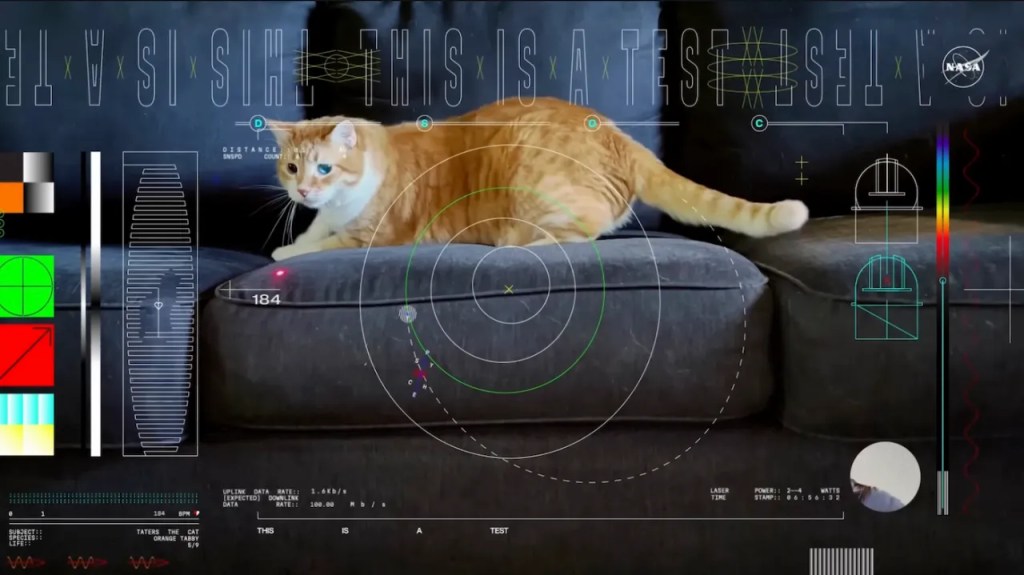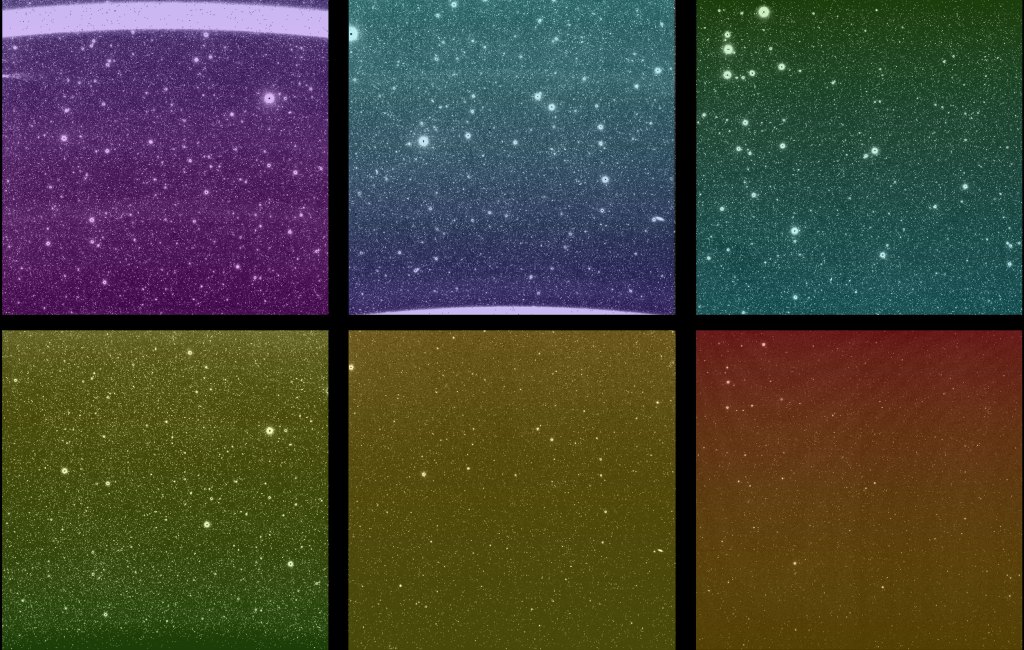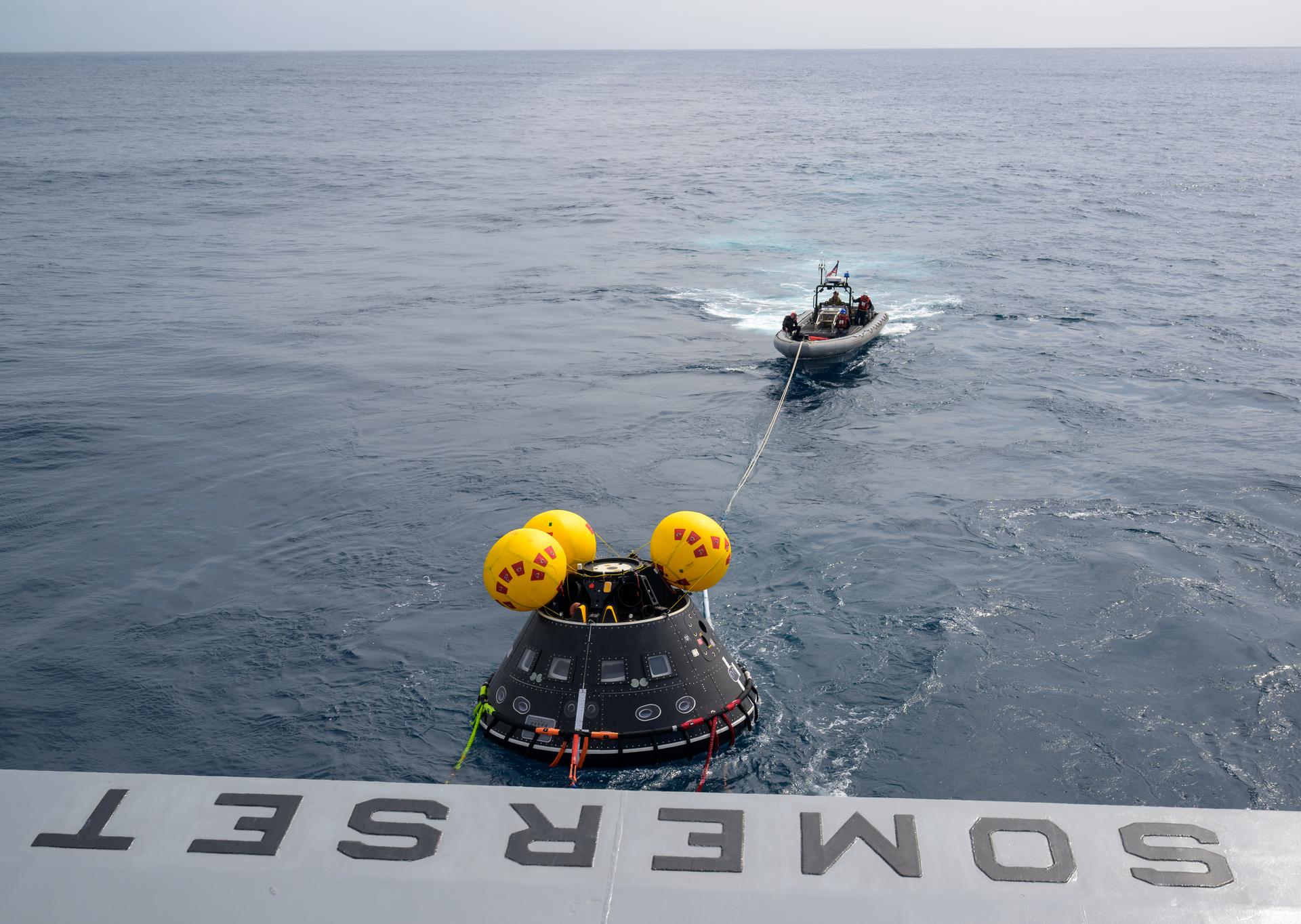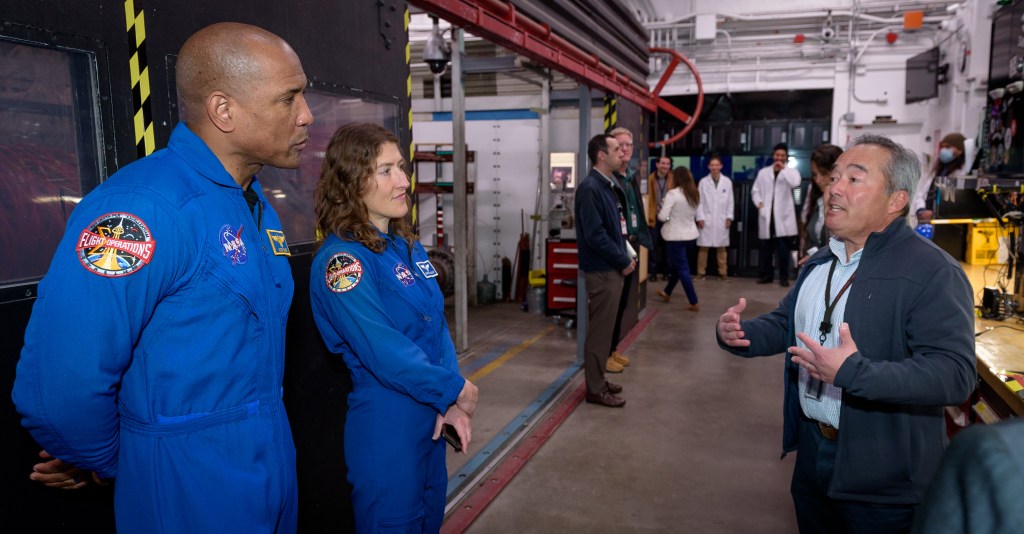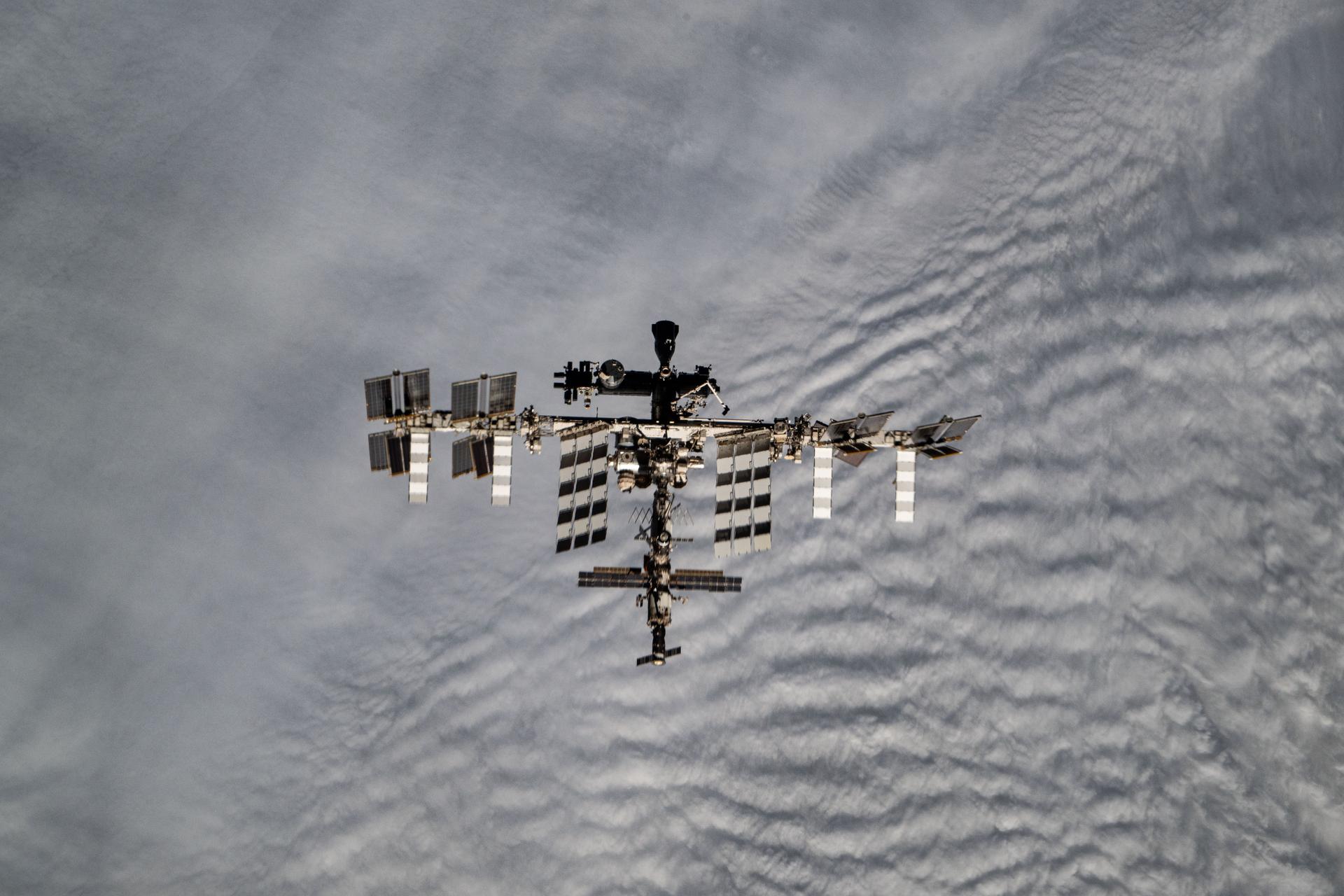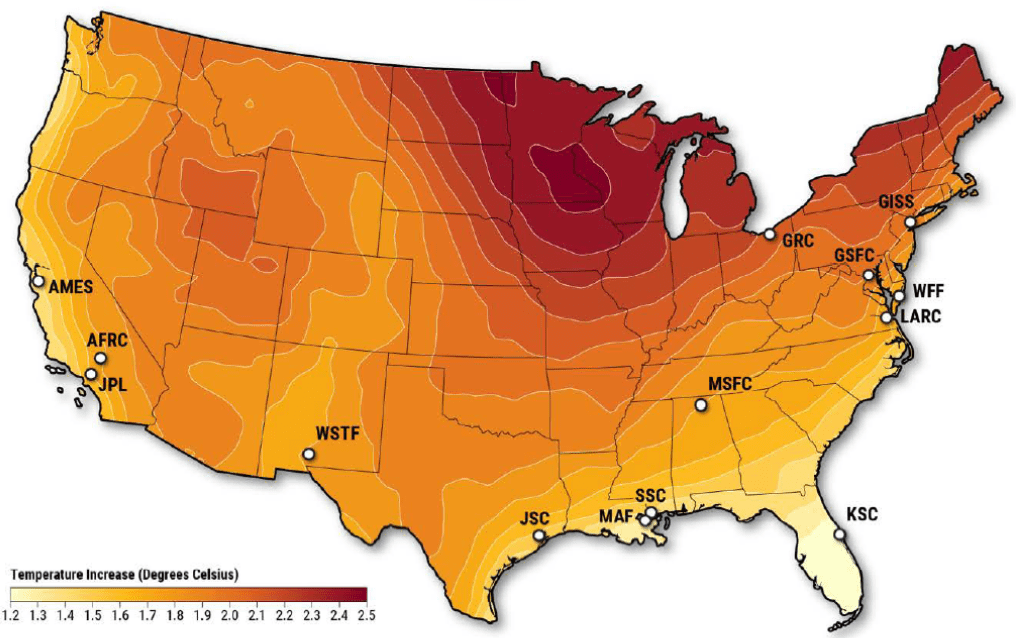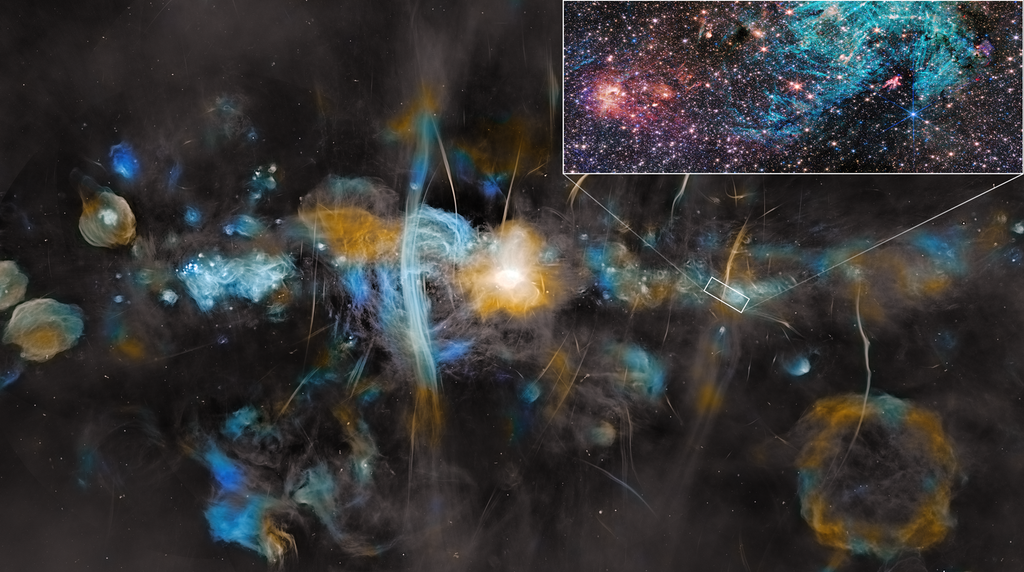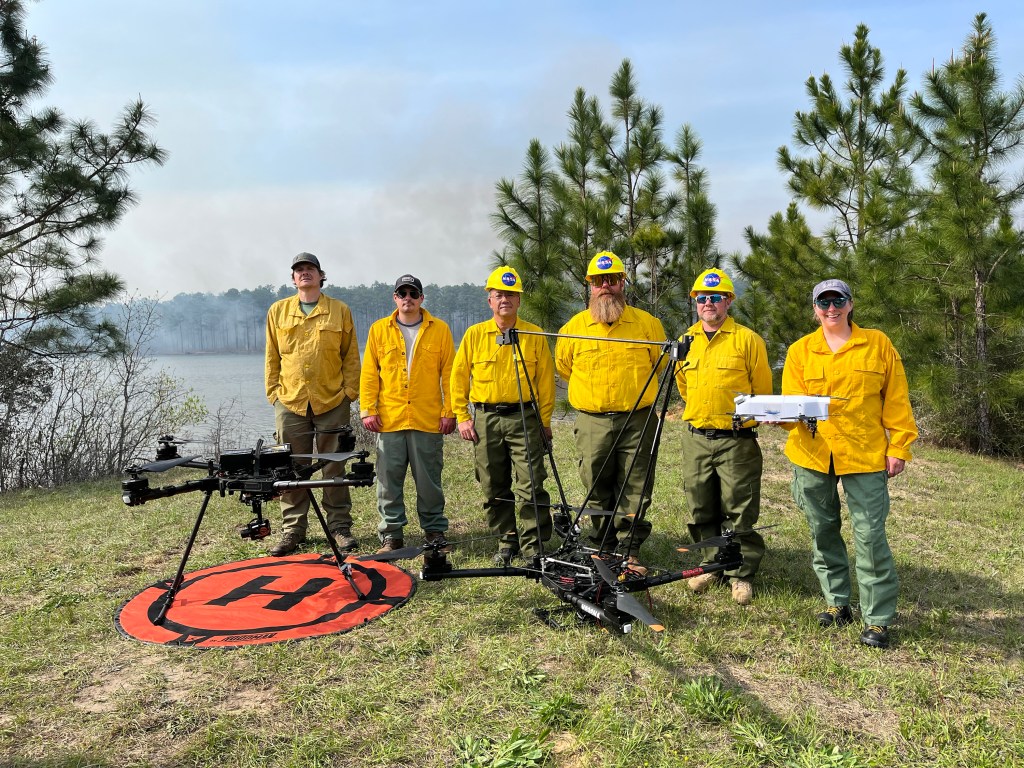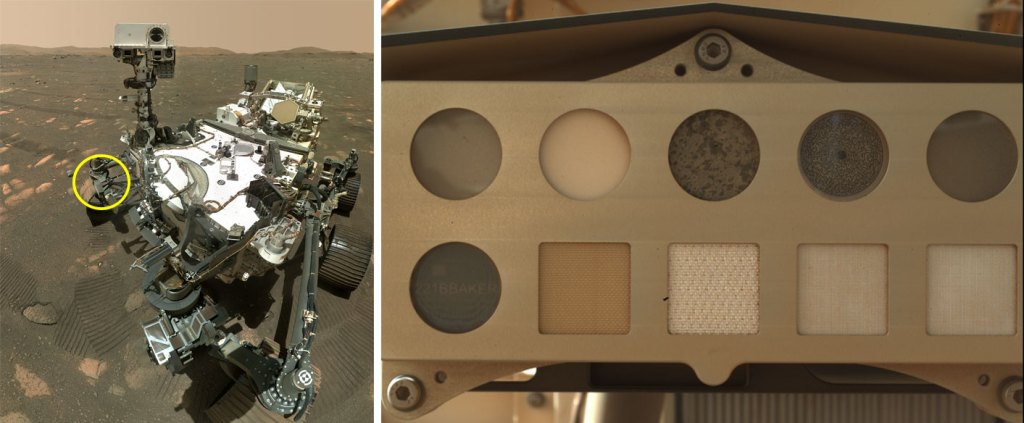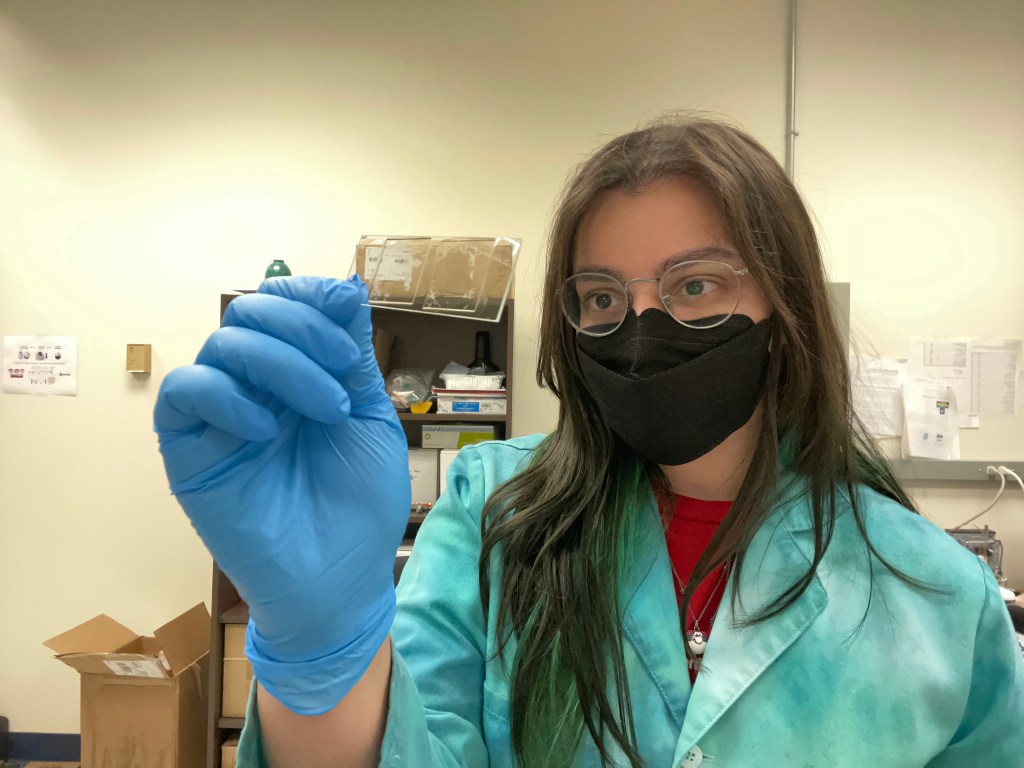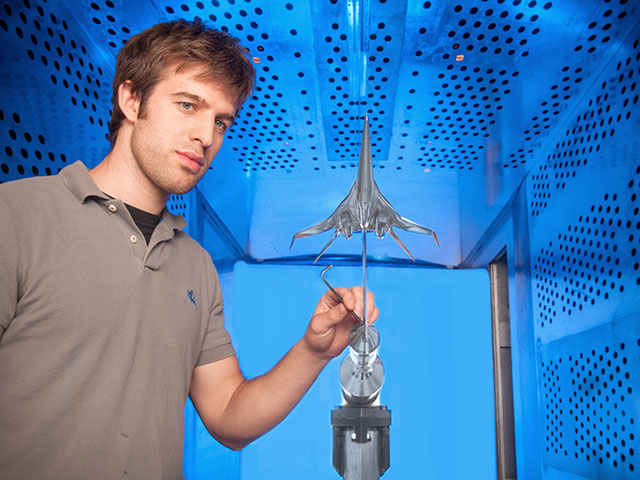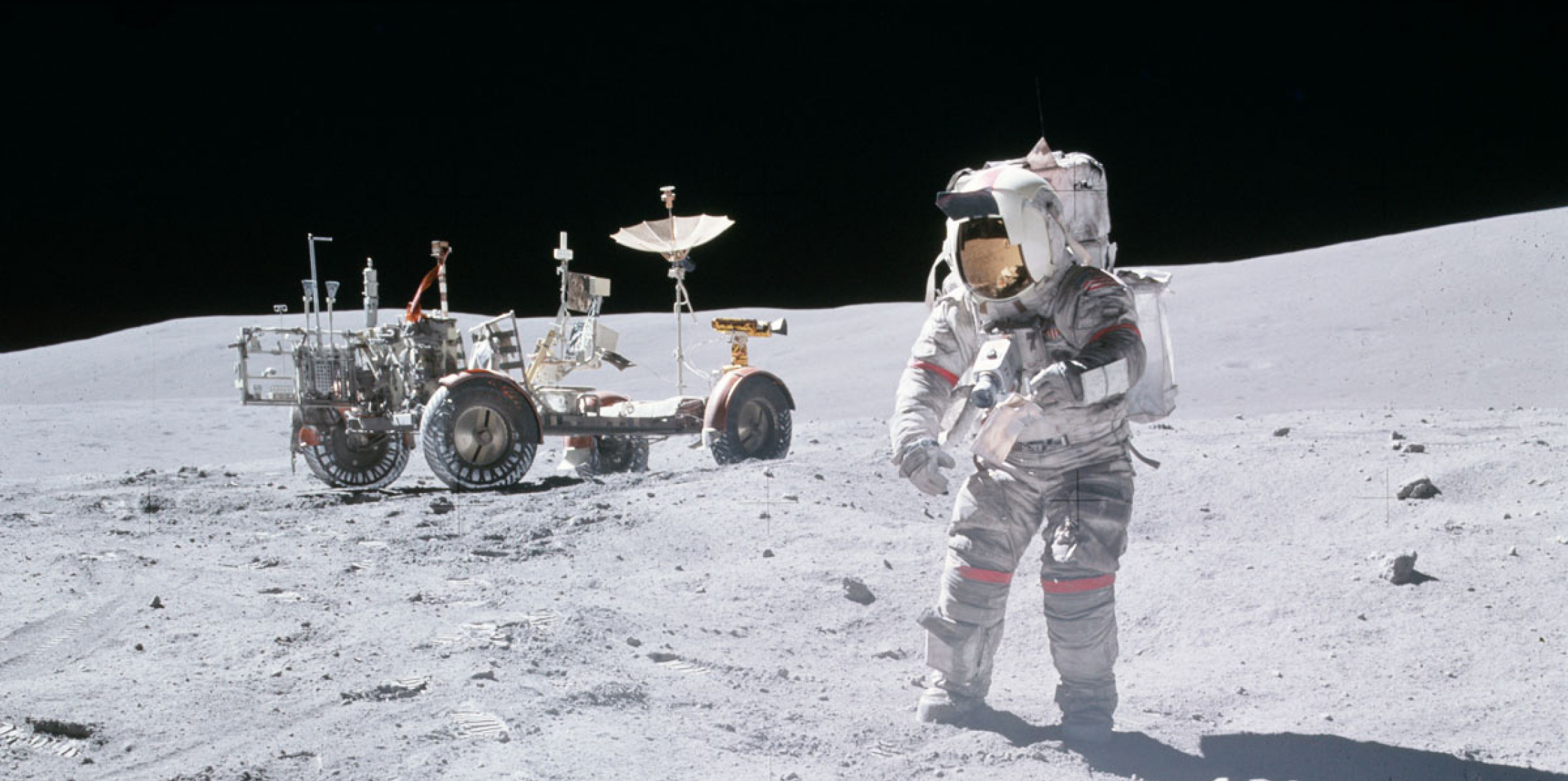Overview
Engineering design challenges are an integral part of educational content where students have the opportunity to work on real-world challenges in a collaborative, team-based environment, applying the lessons learned to the technical problems of the workplace. Glenn Engineering Design Challenges (EDCs) will connect students, at both in-school and out-of-school settings, with the unique challenges faced by NASA scientists and engineers as they design the next generation of aeronautic and space vehicles, habitats, and technology.
Goals
Glenn Engineering Design Challenges seek to accomplish the following goals:
- To partner with youth serving organizations with established informal learning environments and networks of interested participants
- To support participating organizations in connecting with existing making spaces in their communities to provide participants with experience using innovative making technologies
- To develop easily accessible STEM activities for underserved/underrepresented youth related to current NASA missions
Scope
Each Engineering Design Challenge consists of:
- A main challenge problem that the scientists and researchers at NASA’s Glenn Research Center are currently studying.
- Supporting science investigations that go deeper into the content and align directly with the Next Generation Science Standards (NGSS).
- Live virtual connections to NASA Subject Matter Experts (SMEs) where participants can discuss their challenge solutions and the SMEs’ work at NASA.
- Opportunities for student teams to submit their solutions to the challenge problem to the NASA Glenn Office of STEM Engagement in the form of a slide presentation or video presentation.
- Virtual and in-person professional development for facilitators to learn how to conduct the challenges in their own settings.
Eligibility
Glenn Engineering Design Challenges have been designed for students in the middle grades and aligned to Next Generation Science Standards from Grades 6-8. Facilitators can modify challenges to fit the needs of their students or learning environment. These challenges are open for anyone to use at any time, however the NASA Glenn Office of STEM engagement occasionally offers solicitations to provide funding for facilitating a selected challenge during a specific window of time such as a summer or a school year.
Awardees of previous solicitations, please Submit your Student Solutions HERE:
Featured Content
- Keep it Cool – Design, test, and improve systems to maintain cold temperatures within a simulated cryogenic propellant tank.
- Spacecraft Safety – Design and build a model of a spacecraft that can safely transport two astronauts on a mission to the Moon, Mars, or other destinations in space.
- Powered and Pumped Up – Design and build a lightweight solar-powered pumping system that can move water as quickly as possible between two storage tanks.
- Let It Glide – Design and improve a glider made out of a shoebox that demonstrates the best glide properties when thrown.
- Gaining Traction on Mars – Design a set of wheels for a Martian rover that performs best on a simulated extraterrestrial soil bed.
Contact Information
Gerald Voltz
Education Program Specialist
gerald.w.voltz@nasa.gov
(216) 433-8817
Glenn Research Center – Office of STEM Engagement
Phone: (216) 433-6656
Email: GRC-Ed-Opportunities@nasa.gov
Latest Content
Stay up-to-date with the latest content from NASA as we explore the universe and discover more about our home planet.

This NASA/ESA Hubble Space Telescope image features the picturesque spiral galaxy NGC 4941, which lies about 67 million light-years from…
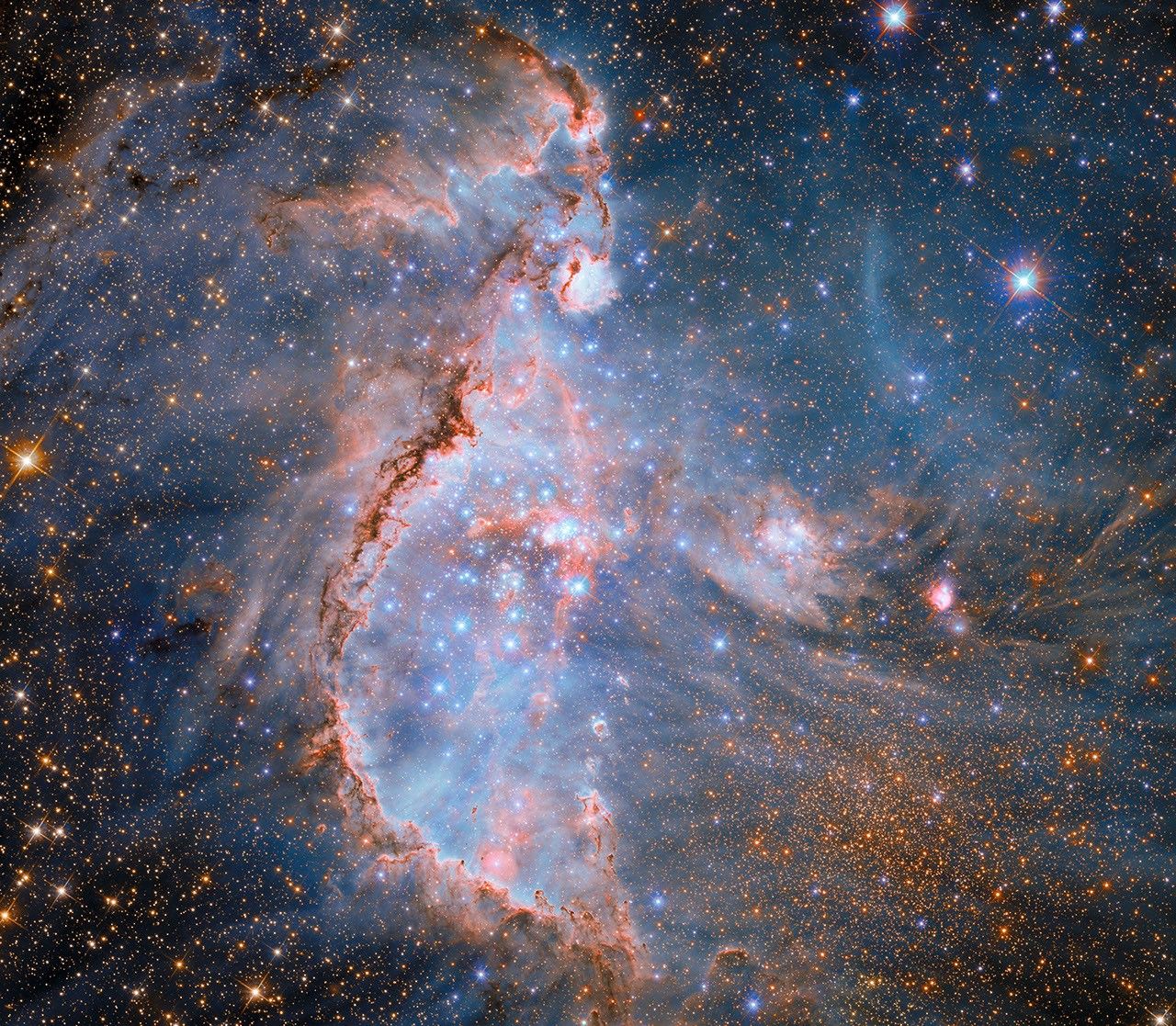
As part of ESA/Hubble’s 35th anniversary celebrations, the European Space Agency (ESA) is sharing a new image series revisiting stunning,…

Advancements in NASA’s airborne technology have made it possible to gather localized wind data and assess its impacts on smoke…

